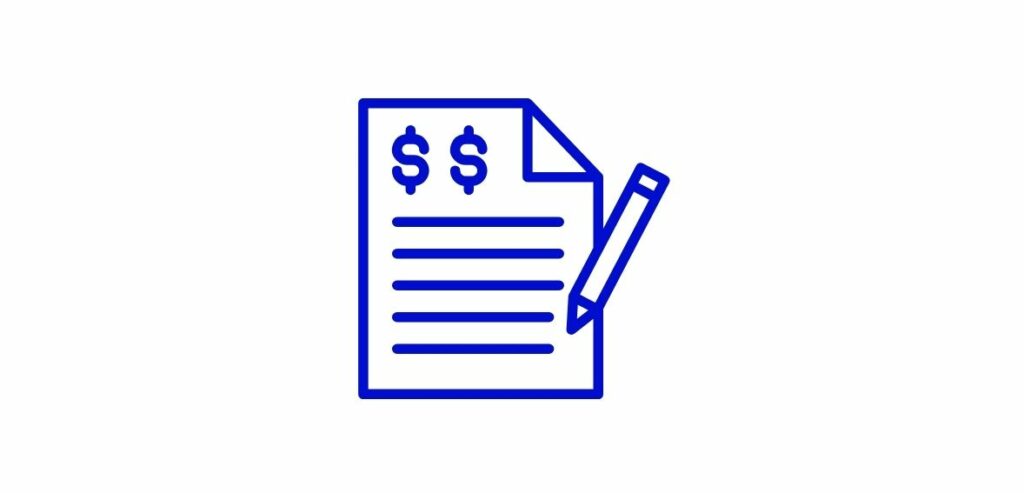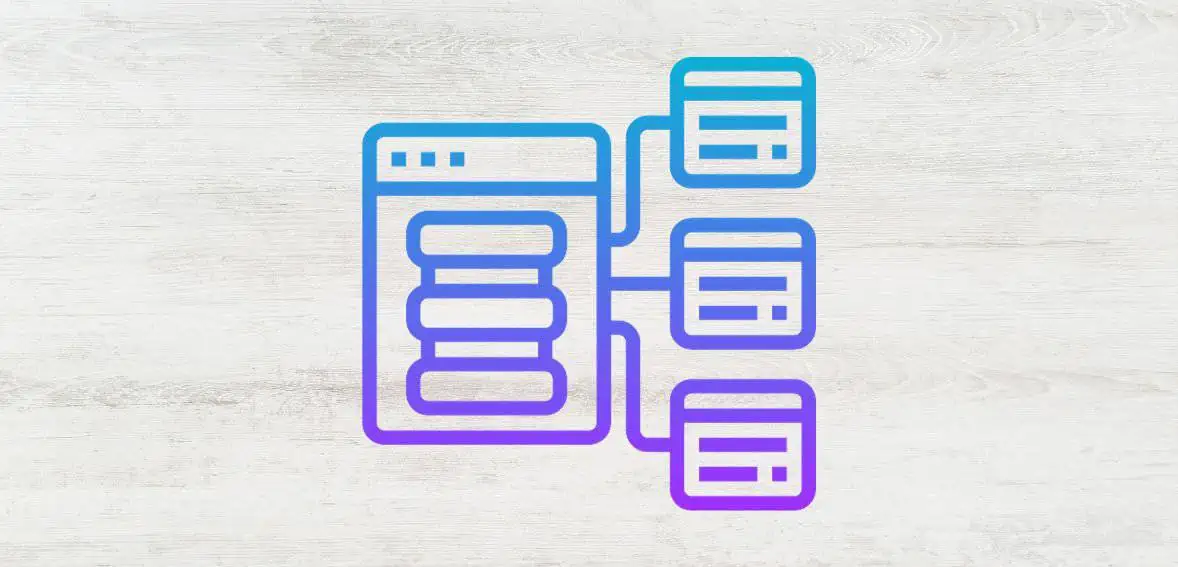The customer’s card transaction journey doesn’t conclude with the swipe or chip insertion. After the initial card authorization, there’s a crucial step called settlement. This is where the funds from the sale are captured and deposited into your bank account. Meanwhile, on the customer’s end, these transactions manifest as line items on their credit and debit card statements, often accompanied by billing descriptors.
Now, what exactly are statement descriptors, and how can they be your ally in preventing chargebacks? These descriptors play a pivotal role in helping customers identify the line items on their statements. In this detailed guide, we’ll explore what statement descriptors are, how they appear to customers, and the strategic use of billing descriptors to minimize chargebacks.
Understanding Statement Descriptors
A Statement descriptor serves as an explanation of a transaction displayed on a customer’s credit card statement, aiming to facilitate their identification of card transactions by including details such as payment date and the purchasing company.
Typically limited to 5 to 25 characters, with the merchant’s phone number appended, billing descriptors aim for directness, maximizing the allowed length to provide customers with a detailed record of their purchases. There are three to four types of Statement descriptors – a default statement descriptor (or static), a soft statement descriptor, and a dynamic statement descriptor.
Are Statement Descriptors That Important?

Have you ever wondered how your customers see your statement descriptor on their statements? Your statement descriptors must be easily understandable to avoid raising any concerns or questions in the mind of the customer. Customers heavily rely on the billing descriptor to recognize transactions. If it’s unclear, the likelihood of them suspecting fraud increases.
See it from the eyes of a customer, you’re going through your credit card statement, and there’s a charge you can’t identify. You rack your brain but can’t recall the company’s name or the amount paid. What’s your first thought? Most likely, you’d be concerned about your card’s security, prompting you to contact your credit card company and file a report.
Now see it from the eyes of the business owner, you want your client/customer to be aware of your brand’s name when it pops in on the statement to avoid any further hassle. With statement descriptors, businesses can customize it in a way that when your customers set their eyes on your name or service expense, it instantly reminds them of what that expense is related to. And with the right descriptor, you avoid a costly and time-consuming process for you, It’s a situation you’d want to avoid.
Different Types Of Statement Descriptors

- Default Statement Descriptor
The default Statement descriptor is the name you authorize your processing company to use on every transaction, appearing on your customer’s statement once the transaction is settled. While it might seem straightforward, there are considerations to bear in mind. The name you used to set up your merchant account may differ from the one in your ads, business card, or even your storefront sign.
For instance, a company operating as Alstone Tech Service could be legally registered as ATS, Inc. name that may not convey its business. It’s crucial for the billing descriptor to easily identify your company, especially when customers review their monthly statements. With limited space, a concise and clear descriptor, preferably reflecting your DBA or “doing the business as” name if different from the registered one, ensures easy recognition for customers checking their charges.
ALSTONE TECH SVC 1231-212-0135 $80.00
- Soft Statement Descriptor
If your company offers multiple services or has diverse product lines, it’s advisable to check with your credit card processor regarding the availability of a soft descriptor. Also known as a product descriptor, a soft descriptor allows customization to accurately portray the specific service or product your customer has purchased.
This customization proves valuable when customers review their credit card statements, aiding them in identifying the nature of the charge. So, If your company, let’s call it American Tires, not only sells tires but also provides services like oil changes and repairs, a generic billing descriptor might lead to confusion. For instance:
AmericanTires 111-222-1212 $41.25
This default descriptor lacks clarity and might leave a customer puzzled, especially if they visited for an oil change. A more helpful approach involves utilizing a soft descriptor like:
AT* Oil Change 111-222-1212 $41.25
By abbreviating the company name but specifying the service and amount paid, this descriptor ensures transparency and reduces confusion for your customers.
- Hard Statement Descriptors
Once a transaction settles, the hard descriptor becomes the lasting billing identifier on the cardholder’s statement. It typically takes a few days to show up on the statement, displaying the final charged amount.
- Dynamic Statement Descriptions
The Dynamic descriptor allows you to change the description on a customer’s statement, tailoring it to the specific product or service they’ve purchased. This customization can be applied on a per-transaction basis, enabling a unique description for each transaction. Merchants can leverage dynamic descriptors to offer additional details, particularly useful for businesses with a diverse range of products or services.
For instance, let’s consider Jay & Bee’s Bike Shop. If one customer buys a bike headlight and another purchases bike Tires, the statement descriptor would appear differently on their respective statements:
J&B*BIKE HEADLIGHT 111-232-4444
J&B*BIKE Tires 112-323-4545
A Look At Shortened Descriptors (With Examples)

Think of a shortened descriptor as a fixed prefix that consistently shows up at the start of your billing description. While the rest of the characters can change dynamically, this prefix remains constant. It’s crucial to choose a recognizable shortened descriptor that resonates with your customers.
Make sure the name featured in this static part of your descriptor is clear and accurately represents your business. This helps reduce the chances of disputes arising from any confusion. Let’s see some examples for a better understanding:
- Name of the Company; Your Contact
- Name of the Company; Name of the product purchased
- Name of the Company; The location of the transaction
- Name of the Company; Name of the product purchased; The location of the transaction
How Statement Descriptors Help Your Business In Avoiding Chargeback?
If your statement descriptor is off the mark, customers might not be able to blink an eye and recognize your business. This lack of recognition, especially if the transaction details are unclear (e.g., delayed clearance or your store name not in the description), often prompts customers to dial up their card issuer, seeking a refund. That innocent oversight could translate into a chargeback simply because this small but crucial detail was overlooked.
Now, suppose a customer requests a refund, and your statement descriptor accurately reflects your business. In this case, your chances of navigating the dispute process successfully are significantly higher. However, if the descriptor doesn’t align with your business name, it becomes a fair point for banks to question, “So exactly how the client is meant to recognize you?”
The solution? Update your statement descriptor. By doing so, you ensure immediate clarity on your identity and provide clear instructions on how to reach you in case any issues arise with the order. It’s a small adjustment that can make a big difference.
Tips For Using Statement Descriptors More Effectively
Fine-tuning your statement descriptors is a crucial step for businesses aiming at precise and transparent communication with their customers. The good thing is that you set it up once with your merchant service provider, and the benefits keep rolling in.
- Recognizability is the Key
Make sure your business name is unmistakable in the descriptor. If your legal and trading names differ, consider using the ‘Trading As’ (T/A) name that customers are familiar with. For businesses operating under various names across regions or facets, the descriptor’s name must align with what the customer will remember.
- Maximizing Exposure
Ensure your T/A name is prominently displayed on your website. This way, customers can easily recall your business when glancing at their credit card statements. If a customer happens to copy and paste the descriptor into a search engine, aim for your business to appear on the first page of results, ideally streamlining their search experience.
- Add Contact Details
Make your statement descriptors even more effective by adding contact information, like a phone number or website URL. This provides customers with an immediate reference point in case they question a charge. By directing a puzzled customer to your support line instead of their bank’s, you get the opportunity to clarify any confusion and prevent a potential chargeback.
While a phone number is the standard contact info found in billing descriptors, including a URL, can hold significant value. Many issuers now allow customers to dispute charges online. If reaching out to the merchant seems less convenient, the customer might skip that step, even if a phone number is provided.
- Focus on Dynamic Descriptors
Dynamic descriptors serve as potent tools for enhancing transparency. By furnishing specific details about a purchase, they aid in jogging the customer’s memory and alleviating potential concerns, proving particularly valuable in service transactions.
Merchants have the option to configure dynamic descriptors for each of their core services, creating an effective reminder of the transaction’s purpose. In cases where merchants offer a wide array of products, specifying the purchased item might be challenging. However, including details like the time of purchase or store location can effectively trigger the customer’s memory.
- Conduct Test Transactions
Conducting test transactions enables you to experiment with various forms of your descriptor, gauging which one is most easily recognizable to your customers. Test credit card numbers can be utilized for these transactions, allowing you to observe how they appear on bank statements and providing a realistic preview of what your customers will see.
Conclusion
To ensure transactions and customer satisfaction, businesses must have an understanding of statement descriptors. These descriptors are more than billing identifiers; they can strengthen or harm the relationship with customers. Businesses need to recognize their role in reducing chargebacks and creating recognizable descriptors.
By using default dynamic descriptors along with prefixes and providing contact details businesses can not only minimize disputes but also build transparency and trust in every transaction. Investing time and effort, into optimizing statement descriptors may seem like an adjustment. It brings significant benefits in terms of customer relations and dispute resolution.
Frequently Asked Questions
What is a statement descriptor?
A statement descriptor serves as an explanation for charges or payments reflected on bank statements. Employing clear and precise statement descriptors plays a crucial role in minimizing chargebacks and disputes.
Q: Where can I find a statement descriptor?
The statement descriptor is the information visible on a client's banking statement, serving to lucidly elucidate the nature of the charge or payment – essentially, the name of the provided service or product.
Q: Why are descriptors important?
Descriptors carry significance as they are crafted in positive terms, aiding in the identification of a learner's capabilities. Their constructive formulation allows for acknowledging accomplishments, and the absence of certain behaviors should guide future interventions rather than be utilized for negative labeling.

